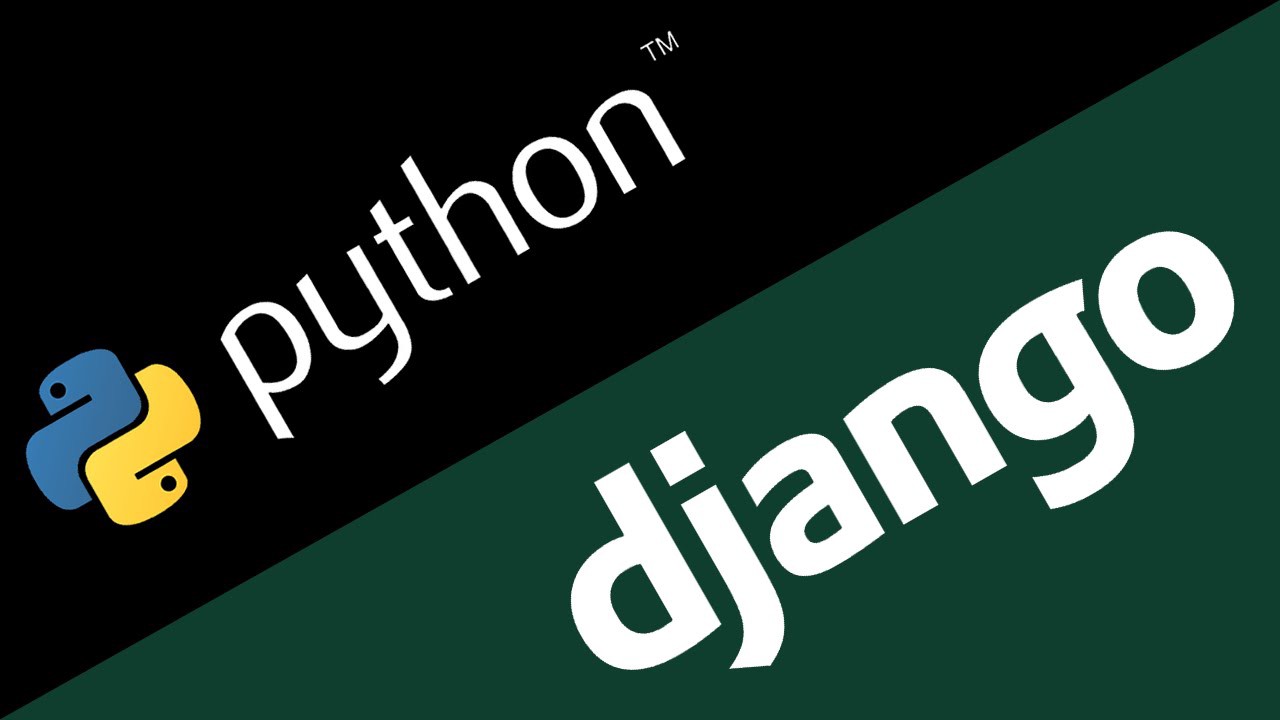How to Managing Python Django Applications with PM2
Managing Python Django applications efficiently is crucial for ensuring smooth performance and reliability. While Django provides its built-in development server for testing purposes, deploying and managing Django applications in production environments require more robust solutions. One such solution is PM2, a process manager for Node.js applications that can effectively handle Python Django applications as well. In this guide, we'll explore how to utilize PM2 to manage Python Django applications seamlessly.
Step 1: Installing PM2
The first step is to install PM2 if you haven't already. PM2 can be installed using npm (Node Package Manager) with a simple command:
npm install pm2@latest -g
This command will install the latest version of PM2 globally on your system.
Step 2: Setting Up PM2 Configuration
Once PM2 is installed, the next step is to create a PM2 configuration file for your Django application. This configuration file, named ecosystem.config.js, specifies how PM2 should manage your Django application.
Here's a sample ecosystem.config.js file:
module.exports = {
apps: [
{
name: 'django',
script: 'path/to/manage.py',
args: 'runserver 0.0.0.0:8000',
instances: 1,
autorestart: true,
watch: false,
max_memory_restart: '1G',
env: {
DJANGO_SETTINGS_MODULE: 'your_project.settings',
PYTHONUNBUFFERED: '1',
},
},
],
};
Replace "path_to/manage.py" with the actual path to your Django project's manage.py file. Adjust the DJANGO_SETTINGS_MODULE value according to your project's settings.
Step 3: Starting Your Django Application
With the PM2 configuration in place, you can now start your Django application using PM2. Navigate to your Django project directory and execute the following command:
pm2 start ecosystem.config.js
This command will start your Django application according to the settings specified in the ecosystem.config.js file.
Step 4: Monitoring Your Application
PM2 provides monitoring features that allow you to track the status and performance of your Django application. You can monitor your application using the following command:
pm2 monit
This command opens a dashboard where you can view various metrics and information about your application.
Step 5: Managing Your Application
PM2 offers a range of commands for managing your Django application. You can start, stop, restart, and perform other actions on your application using PM2 commands. For example:
- Restarting the application:
pm2 restart django
Step 6: Auto-start on System Boot (Optional)
Optionally, you can configure PM2 to automatically start your Django application when the system boots. This ensures that your application is always running, even after a system reboot.
To enable auto-start on system boot, run the following commands:
pm2 startup
pm2 save
Conclusion:
Using PM2 to manage Python Django applications offers numerous benefits, including improved performance, better resource utilization, and simplified deployment. By following the steps outlined in this guide, you can leverage PM2's powerful features to effectively manage your Django applications in production environments. Whether you're a seasoned Django developer or just getting started, integrating PM2 into your workflow can streamline your development process and enhance the reliability of your applications.
This comprehensive guide provides a step-by-step approach to utilizing PM2 for managing Python Django applications. By following these instructions, developers can optimize their workflow and ensure the smooth operation of their Django projects in production environments.

